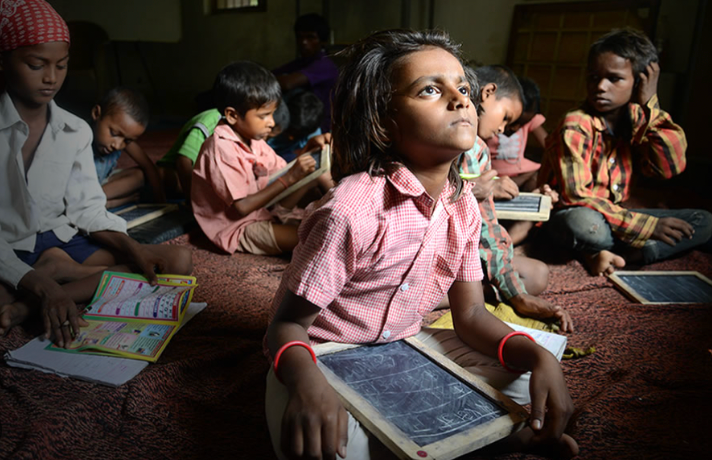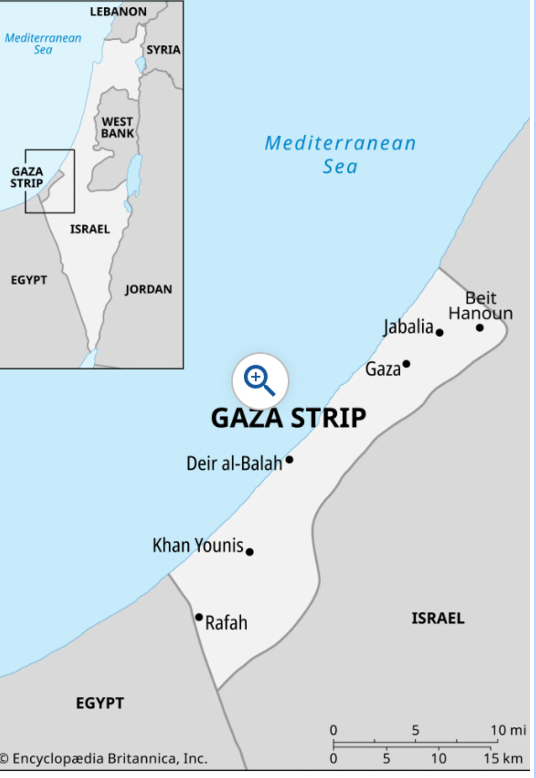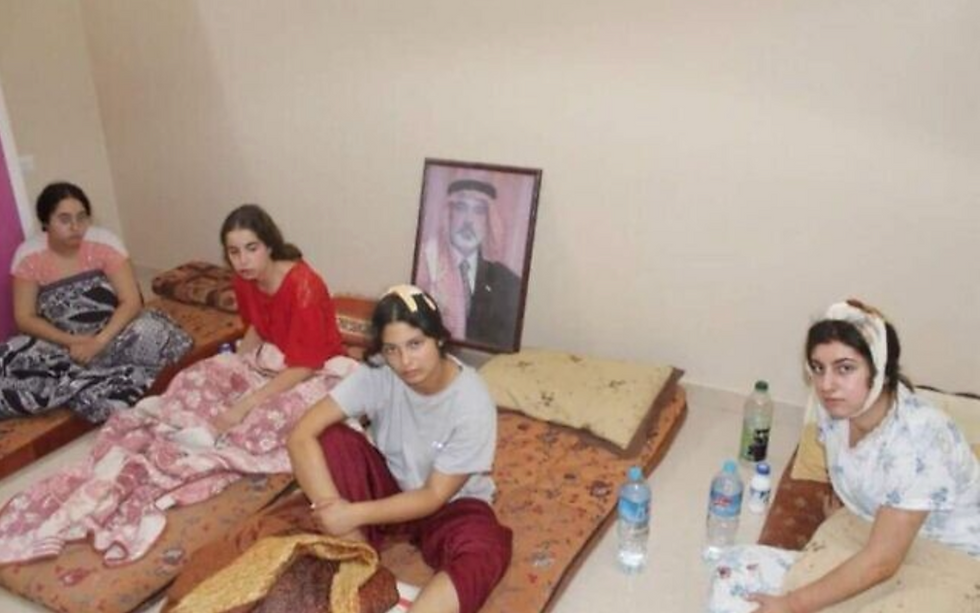World Wide Educational Crisis
- Domenica Zumaeta
- Sep 23, 2024
- 3 min read

60 years ago, my grandfather used to wake up every day in a strange town hours from his mother at just 8 years of age. As far as he was, he was at the nearest school from his hometown. At this very moment, millions of children are deprived of quality education. Whether it be because of their gender, location, or economic background, under no circumstances should there be such an abysmal inequality in education at this point. 2024 is the year we all stand up and do our part, using our privilege to improve the lives of many and the future of all.
According to the Global Business Coalition for Education, “825 million youth across the globe will not have the skills necessary for the future workforce by 2030 if no action is taken”. To put this into perspective, more than 20 times the Peruvian population does not have enough education to be part of the workforce in 6 years. What does this mean to the future generations? Homelessness, citizen insecurity, hunger, and further lack of education will increase because these people won’t be able to maintain themselves. The lack of education has a domino effect on society in many aspects. The quality of your education determines the quality of your job, therefore of your income, and then of your healthcare, quality of life, and education of your children. Because quality education is directly tied to quality of life, investing in schools is investing in our future.
One must ask, why are we still dealing with such a primal issue? The COVID-19 pandemic was a big setback in the education of all. Not only did learning become harder, but many simply did not have access to the internet or a school nearby. All the lost time is highly concerning. Statistics show that the poorer the student the more behind they were on their education after the pandemic. Another pressing factor is the lack of attention paid to education by those in government. Many developing countries do not offer free quality education and some don’t offer free education at all. Again, the same pattern of poverty bringing more poverty stems from a lack of education. Additionally, “In Sub-Saharan Africa, for example, the percentage of trained teachers fell from 84% in 2000 to 69% in 2019.” (“Four of the Biggest Problems Facing Education—and Four Trends That Could Make a Difference”) The places where we need quality teachers the most are the places where we are missing them most. We must have trained teachers around the world, because they directly interact with children, taking a role in their upbringing.
So, what can we do to help? FDR offers many clubs and projects that open the door to service and volunteering opportunities. Clubs like Habla Roosevelt and Suyana, for example, give students a leadership position in aiding the education of kids in our community. This kind of activity helps with university applications, but most importantly, it has an amazing effect on one’s soul. It’s a really valuable experience to be able to connect with kids that are in need. These clubs are essential to our school and so important for the students.
Today you can take a stand, use your resources, and help those who need you. Attached below are the phone numbers of the clubs the school offers that support education:
Habla Roosevelt teaches English to the children of staff members
Suyana visits kids in hospitals who have lost access to education - suyana_club
Aprender para creSER gives opportunities to kids in reception centers - aprenderparacreser_fdr
“Four of the Biggest Problems Facing Education—and Four Trends That Could Make a Difference.” World Bank Blogs, 2023, blogs.worldbank.org/en/education/four-biggest-problems-facing-education-and-four-trends-could-make-difference. Accessed 11 Sept. 2024.
“Understanding the Global Education Crisis.” Global Business Coalition for Education, Apr. 2022, gbc-education.org/understanding-the-global-education-crisis/. Accessed 11 Sept. 2024




Comentarios